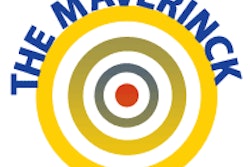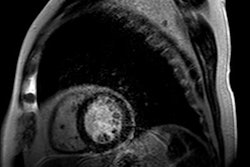Dear AuntMinnieEurope Member,
Among MRI experts, field strength has been a fiercely contested issue for a long time now. It's hard to believe the concept of a 10-tesla system was first discussed seriously more than 30 years ago.
Convinced that the momentum is with them, supporters of ultrahigh-field machines are particularly passionate and vocal about their cause, but Dr. Peter Rinck, PhD, remains skeptical and urges caution. Find out why in our MRI Community, or by clicking here.
The French national congress of radiology, JFR, is looming large, and we've conducted an exclusive interview with Dr. Yves Menu, who will preside over the meeting. He's got some fresh ideas up his sleeve, and he talks about them here. Also, don't miss our article about the controversy over radiologists' pay in France.
Imaging-related articles written by Europeans are a rarity in the Journal of the American Medical Association, so a new report from U.K. researchers is worth a close look. They found SPECT myocardial perfusion imaging (MPI) and cardiovascular MRI individually reduced the chance of unnecessary angiographies compared with basing care on clinical guidelines.
Their analysis of more than 1,200 symptomatic patients in six imaging centers also found that cardiac MR and MPI were equally as effective in preventing unnecessary angiography at least 12 months after imaging. Get the details here.
A wide range of dose-reduction techniques is available today, and a new multicenter study from the Middle East has shown the benefits of developing and implementing a strategy for minimizing dose. The findings were presented at the recent European Society of Cardiology Congress, and they are worth a close look. Visit the CT Community, or click here.
Finally, the migrant crisis has prompted Turkish researchers to seek a more accurate way of evaluating bone age using pelvic radiographs in young adults. Between June 2011 and June 2015, they studied the anteroposterior digital pelvic radiographs of 698 individuals. For their results, click here.



















